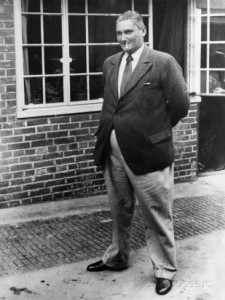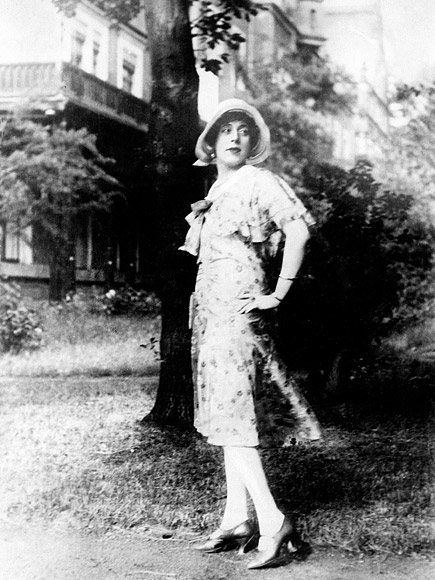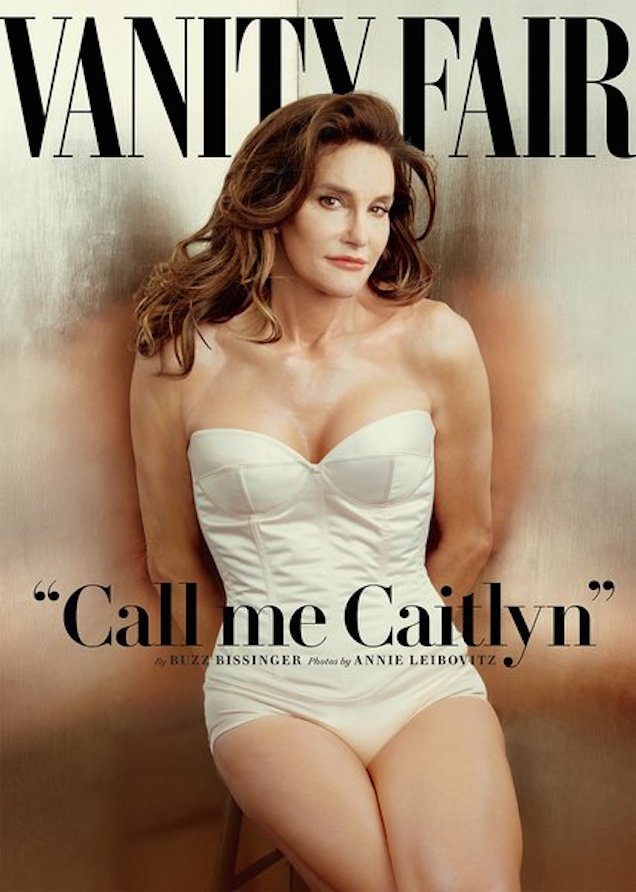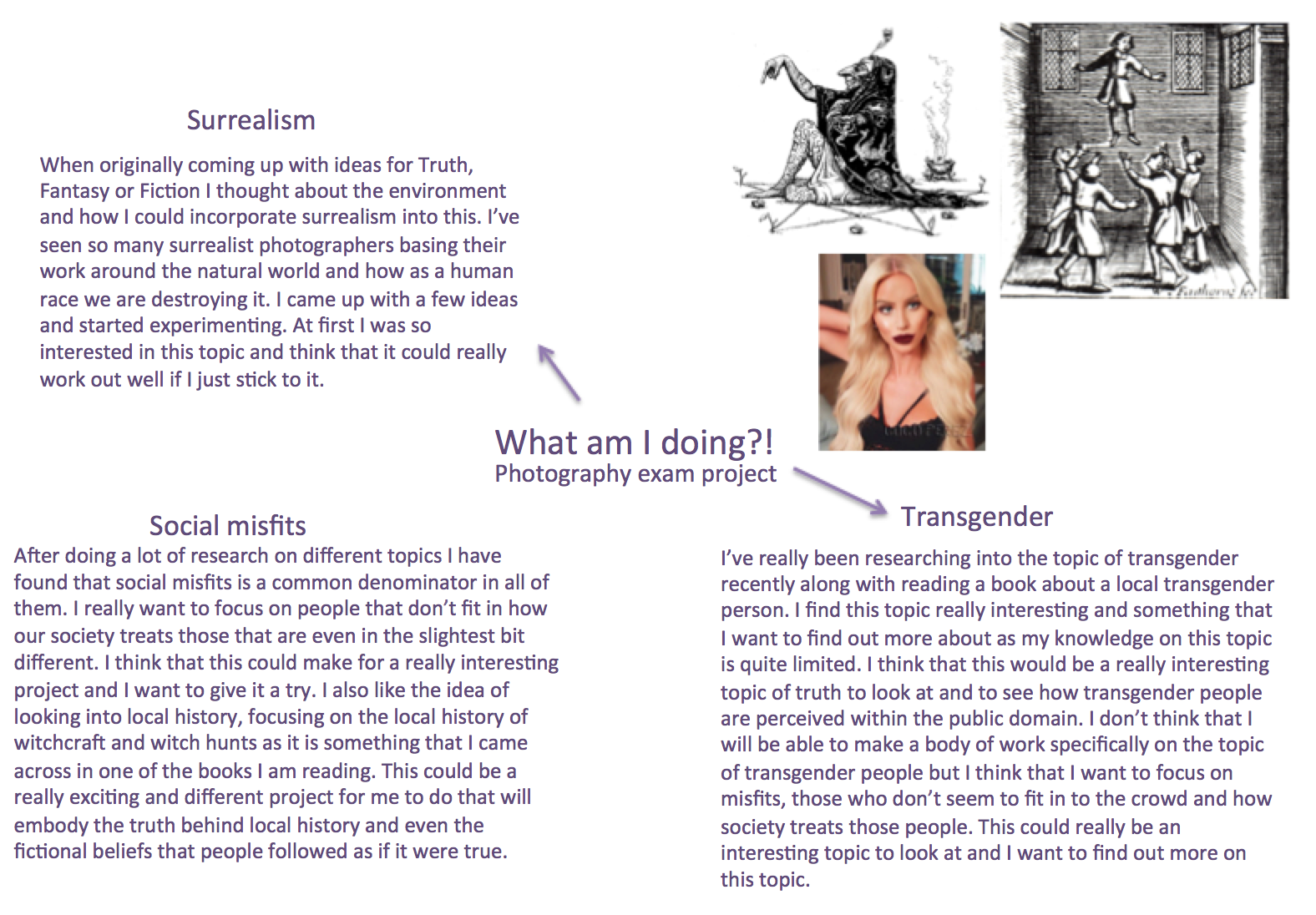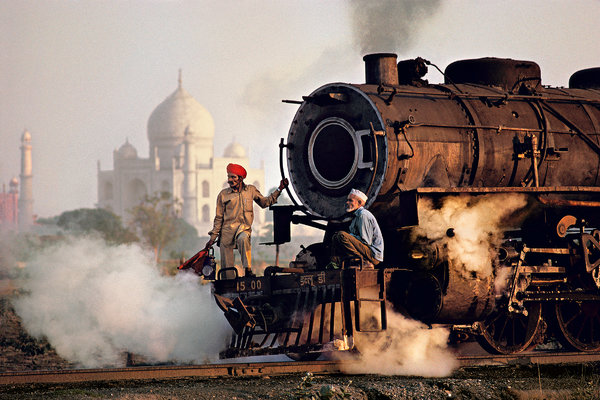I wanted to focus in on some more famous transgender people that I knew of before researching too much into the topic. It really interests me to see how different people transition and how they are perceived and the way they present themselves to the public. I do think that it can almost be harder to transition when so many people know who you were and there is also so much pressure and stigma coming from those who don’t know much about the topic. I wanted to research this topic as it is something that I don’t know a lot about and want to find out more so that I can make accurate images. I am intrigued by this topic as for me it seems so sad that a lot of these people never go through their transition because they feel to scared or trapped based purely on fear that society will judge and ridicule them.
Caitlyn Jenner
Caitlyn Jenner has to be the most famous transgender person in the world right now. She went from being father, Bruce Jenner, of the Kardashians as well as an Olympic gold medalist for the men’s decathlon in 1976. Everyone knew who Bruce Jenner was. He was married to Kris Jenner for 24 years. Caitlyn’s transition seemed to come as a shock to everyone, including his own family. It must have been such a difficult transition as it would have been so different to any other trans person’s transition. His was televised all over the world as he is part of one of the most famous families at the moment, the Kardashians. On Keeping Up With The Kardashians we really get an insight to the struggles that the entire family are going through and how they are dealing with their father coming out and going through this transition. It really does interest me to see this and I feel that because they are so much in the public domaine that they kind of have to accept the transition as they don’t want to be seen as transphobic and I do think it’s hard to live your life constantly being followed by cameras. When Caitlyn transitioned she said she felt free and that she could be her “authentic self”. I could never imagine being trapped inside a body that you know isn’t really who you are, it seems like such a hard thing to accept and to be able to openly come out and have the strength to go through that transition. I do think that the topic of transgender people is becoming more widely known and possibly becoming more accepted within our Western society. Caitlyn has also started her own TV show entitled I am Cait, I think that this show is actually educating people on transgender and what it is to feel the way she does and how people can be their true authentic selves.
Lili Elbe
I had no idea who Lili Elbe was before late last year when I went to go see a film entitled The Danish Girl. The film really enlightened me on what transgender people go through and this was the first time I really think that I sat down and thought about it and the lives that this topic effects. The film was amazing, showing the fun aspects of Elbe’s life and how she lived. Lili was born a male, Einar Magnus Andreas Wegener, and lived alongside his wife. They were both painters and in fact he was a very well known one. At first Einar posed as a woman for his wife to finish off a painting but it turned into something more, he came to realise that he was a woman authentically. The film goes through the ups and downs of Einar’s life as a man and Lili’s life as a woman. This film was so interesting to watch and I really think that I learnt a lot from it. Without this film I would never have known about Lili at all. She was one of the first known people to undergo proper surgery to become a woman. She successfully transitioned in 1930 but later died due to complications of one of her sex reassignment surgeries. Lili’s memory lived on in Gerda [Einar’s wife] who made her fortune on paintings of Lili. This story actually makes me really emotional as it seems so rare to have a transgender case at such an early time period, 1920s-1930s, yet Gerda was so understanding and supported Lili the entire time. She must have loved her very much as she painted her.
Colonel Victor Barker
Possibly a less famous transgender person but a local one. I came across this story while working with the Jersey Archisle. This story really is amazing and almost unbelievable to actually fathom that there were many, not just one, transgender people across this island at a period as earlier at the 18th century. It really amazes me how still so many people are transphobic and don’t care to understand it. I myself do not fully understand but I am trying and am finding out more and more about this community through my research. I want to know because I want to be able to fully accept it. Victor Barker was a war veteran, he worked as a hotel clerk when he was arrested for not paying a debt he owed to a restaurant. This story truly is gripping and, in a way, it excites me that it happened in Jersey because so often I feel that not a lot happens here and that not many great people live or have ever lived here. I find this island to be very consumer driven, we seem to passively accept things most of the time but the more I look into local history the more I find that not to be the case. It is so interesting to find that Victor Barker was on the island around the same time as Claude Cahun, a photographer who challenged gender norms. When reading Colonel Barker’s Monstrous Regiment I found that Barker seemed to want to be a man because of the life men led back then compared to how women lived theirs. This has really taken my interest and made me want to research into the lives of transgender people more.
Gigi Gorgeous
Gigi is a Canadian YouTuber who has actually gone through her transition in the public domain. She has been making videos since she was male and has carried on making those videos throughout her transition. In Gigi’s videos she comes across as a very open and strong character and is full of confidence. It just shows how different it is nowadays for transgender people and, in the Western world especially, people are more open to them and more accepting. I do think it is still really difficult to be transgender in our current world and society but Gigi is just living as her authentic self regardless. I find it baffling to even think that she was ever a man. Obviously she has undergone a somewhat large amount of surgery to get to the physical stage that she is at now and it is so interesting to see how far surgery and procedures have come even from the 1930s. Gigi is always so open in her videos and lets people know about her personal life and how she feels and who she is, something that those in the 1930s for instance would never be able to do. I really do think we live in a more intelligent world where most people can accept others for who they are and although might not fully understand it they will still accept that it is that person’s choice. Gigi is also friends with Caitlyn Jenner’s daughter Kylie Jenner who, I feel, has become more open to the transgender community and showing other young people that accepting transgender people is a good thing. The age of social media really is taking over and celebrities are becoming more and more influential which is why I think Gigi is so great as she is in the public domain and does show herself for who she is.
Gigi’s YouTube channel: https://www.youtube.com/user/GregoryGORGEOUS/videos







